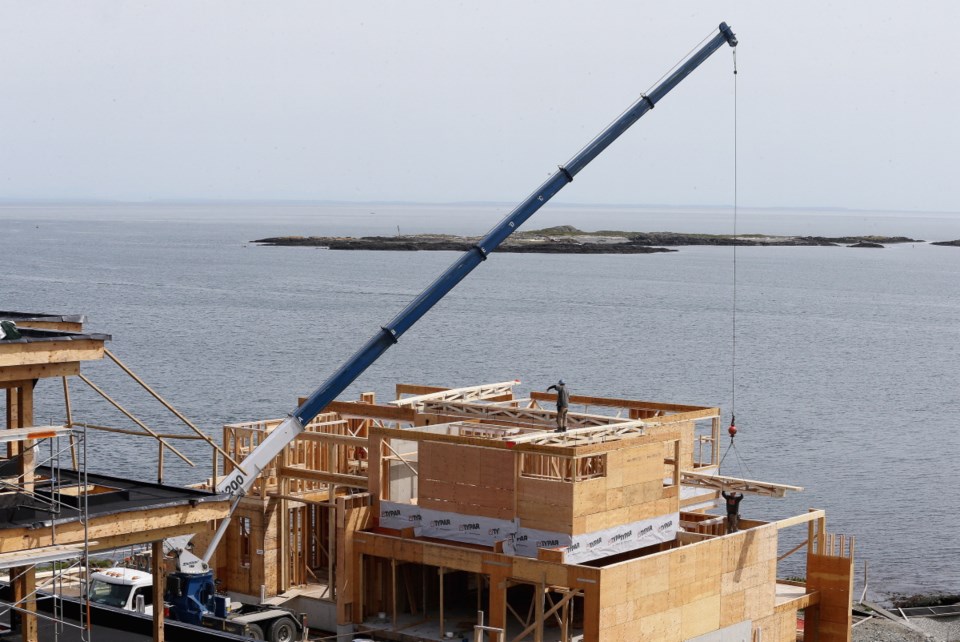Greater Victoria’s construction sector is firing on all cylinders, according to numbers compiled by the Vancouver Island Construction Association.
The total value of all building permits in the region issued in March jumped 80 per cent compared with February.
While that jump was to be expected, given the seasonal nature of construction, the associattion’s chief executive believes it’s another sign of a strong and steady regional industry.
“We have some ups and downs, but overall we are still riding some high numbers as far as permits are concerned, and that’s driving and indicative of the kind of activity we are seeing,” he said.
Through the first quarter of 2019, more than $284-million worth of permits was issued in the region, and while that’s a 16 per cent drop compared to the first quarter of 2018, Kulmala said it has to be taken in context.
“We’ve had some spikes in the last two or three years and some heavy volumes, especially in the residential sector,” he said.
Kulmala also noted a reduction in permit totals does not translate into a reduction in work, given residential job sites might be active for more than a year, while large industrial projects often come together over 24 months.
So far this year, $69.3 million in building permits has been issued for non-residential projects, a 45 per cent increase compared with the $47.8 million issued in the first quarter of 2018.
“The trends are still high and we are optimistic the construction market will remain active and busy,” Kulmala said. “There are an ample number of projects in planning that will have to get off the ground at some point. It’s just a matter of time.”
Kulmala does believe, however, that work has slowed to a more steady pace that should carry on for the next few years.
“We can’t do much more than what we’re doing. If we want to ramp up activity, we have to bring more workers, and the fact is those workers don’t exist across Canada,” he said.
The labour pinch, however, isn’t dire. Kulmala said the industry has demonstrated it has the capacity to deliver on projects around the region.
The same holds true in the residential sector, said Casey Edge, executive director of Victoria Residential Builders. While having more skilled trades would be helpful, the real problem holding back projects is affordability.
Edge said between new provincial taxes, municipalities raising development fees and lengthy approval processes, costs are becoming prohibitive.
There have been 1,196 new homes started so far this year, up from 986 between January and April last year.
But Edge said only 176 single-family homes have been started, down from 237 in the same period last year, because of the price. “The demand is still there, but the cost is the real challenge,” he said. “Builders have to keep an eye on some of the indicators making it more challenging — whether that’s the mortgage stress test, municipalities ratcheting up fees, lack of rezoning [for smaller lots] and creating, frankly, less opportunity for affordable land. All those things have an impact on their ability to bring on new [single-family homes].”



